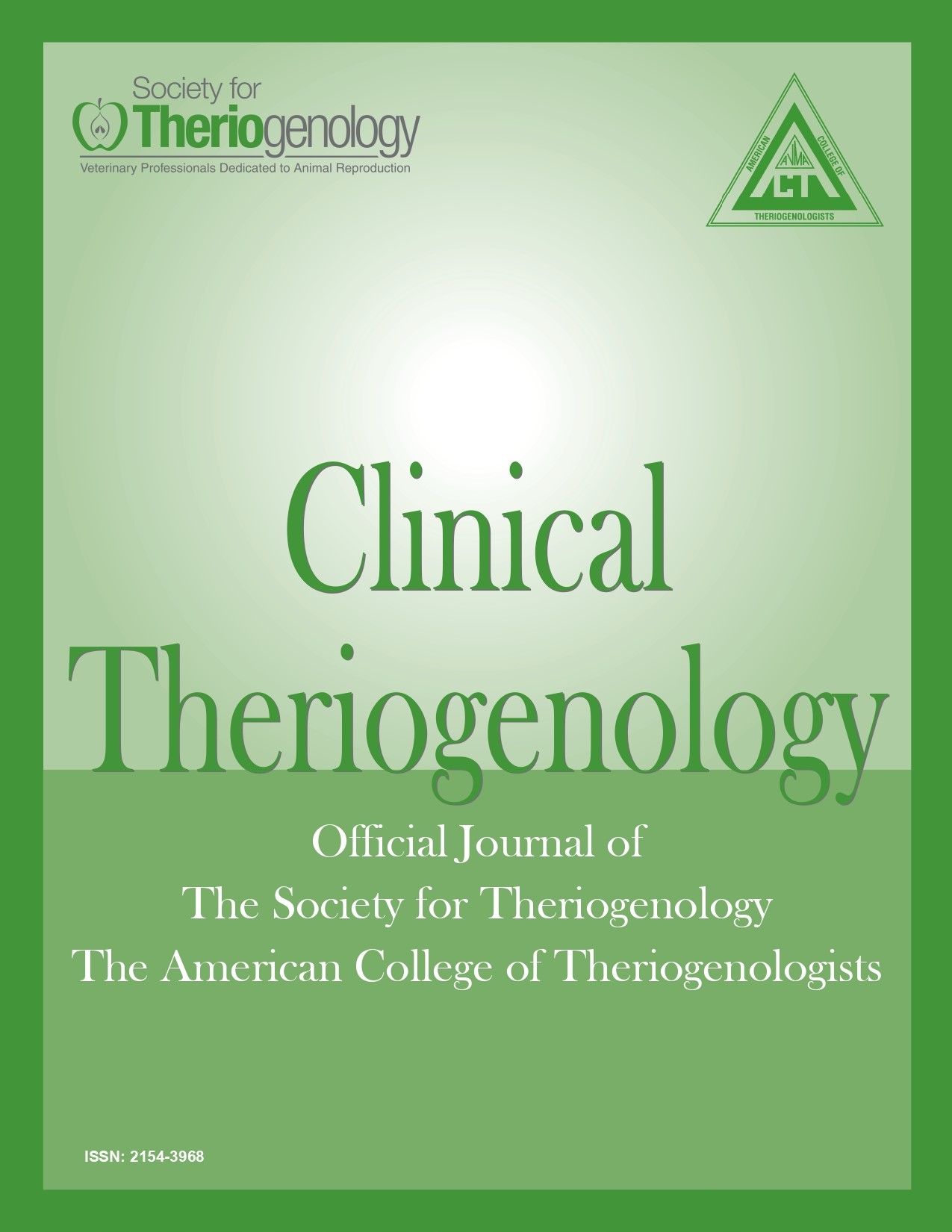Managing cervical impairment in the mare: a case study
Abstract
A 10-year-old Quarter horse mare was presented for breeding management. Mare had no previous reproductive system examination. No
apparent problems were noticed during initial reproductive system examination at presentation. Mare was artificially inseminated with
cooled transported semen. Minimal uterine fluid accumulation was evident postbreeding and the cervix appeared closed; uterine lavage
was performed. Fourteen days postovulation, mare was examined for pregnancy. Large volume of cellular fluid was present in the mare’s
uterus with no evidence of pregnancy. Endometrial culture and cytology results suggested bacterial endometritis. Therapy included
daily large volume uterine lavage, systemic and intrauterine antimicrobials, ecbolic agents, and topical application of butylscopolamine
bromide over the cervix. On a subsequent posttherapy estrus, uterus was lavaged before and after insemination and butylscopolamine
bromide was applied topically over the cervix to facilitate cervical relaxation and expulsion of uterine fluid. Two bilateral embryonic
vesicles were observed during pregnancy diagnosis and 1 was reduced successfully. Mare carried a healthy singleton fetus to term and
foaled a healthy colt.
Downloads

This work is licensed under a Creative Commons Attribution-NonCommercial 4.0 International License.
Authors retain copyright of their work, with first publication rights granted to Clinical Theriogenology. Read more about copyright and licensing here.







